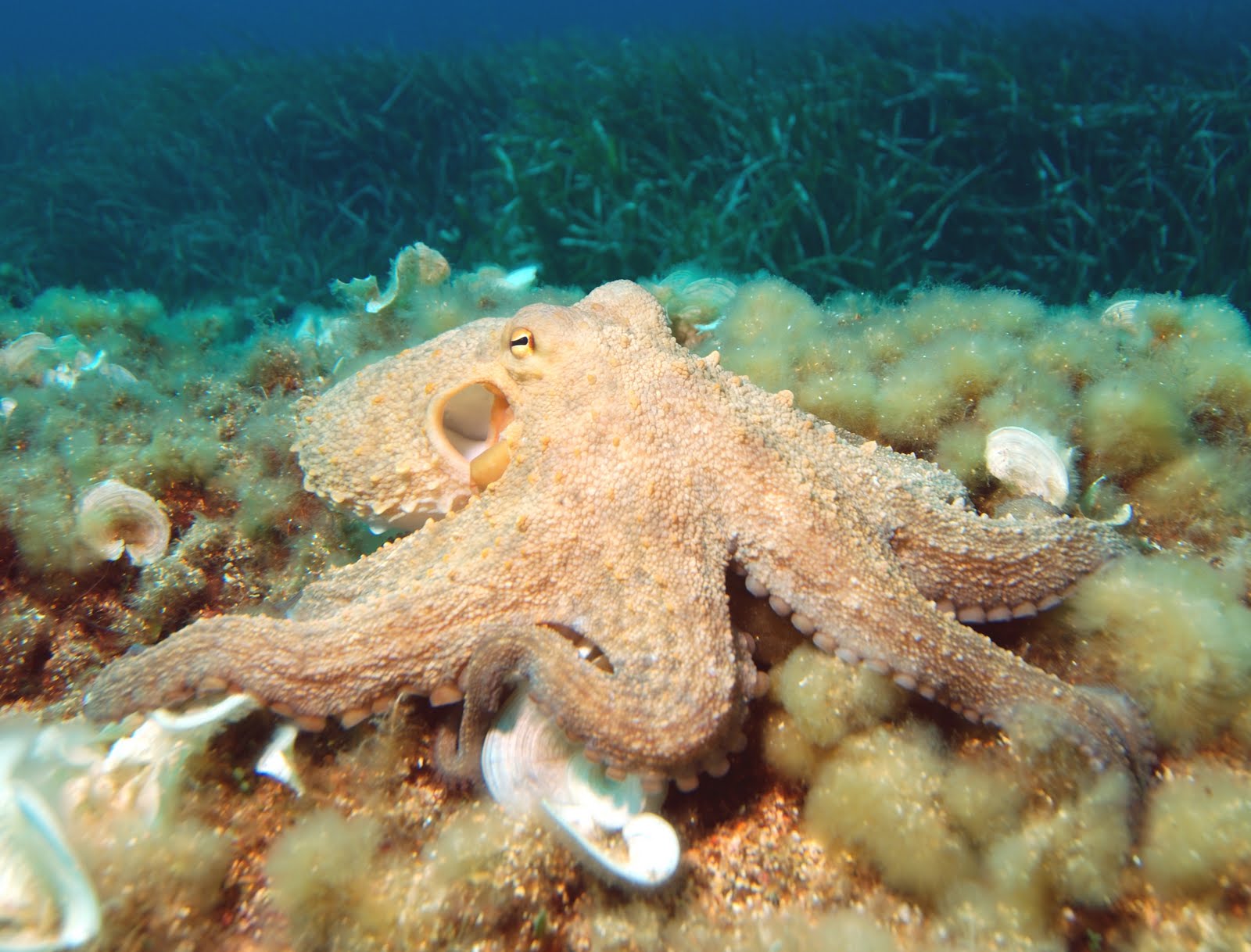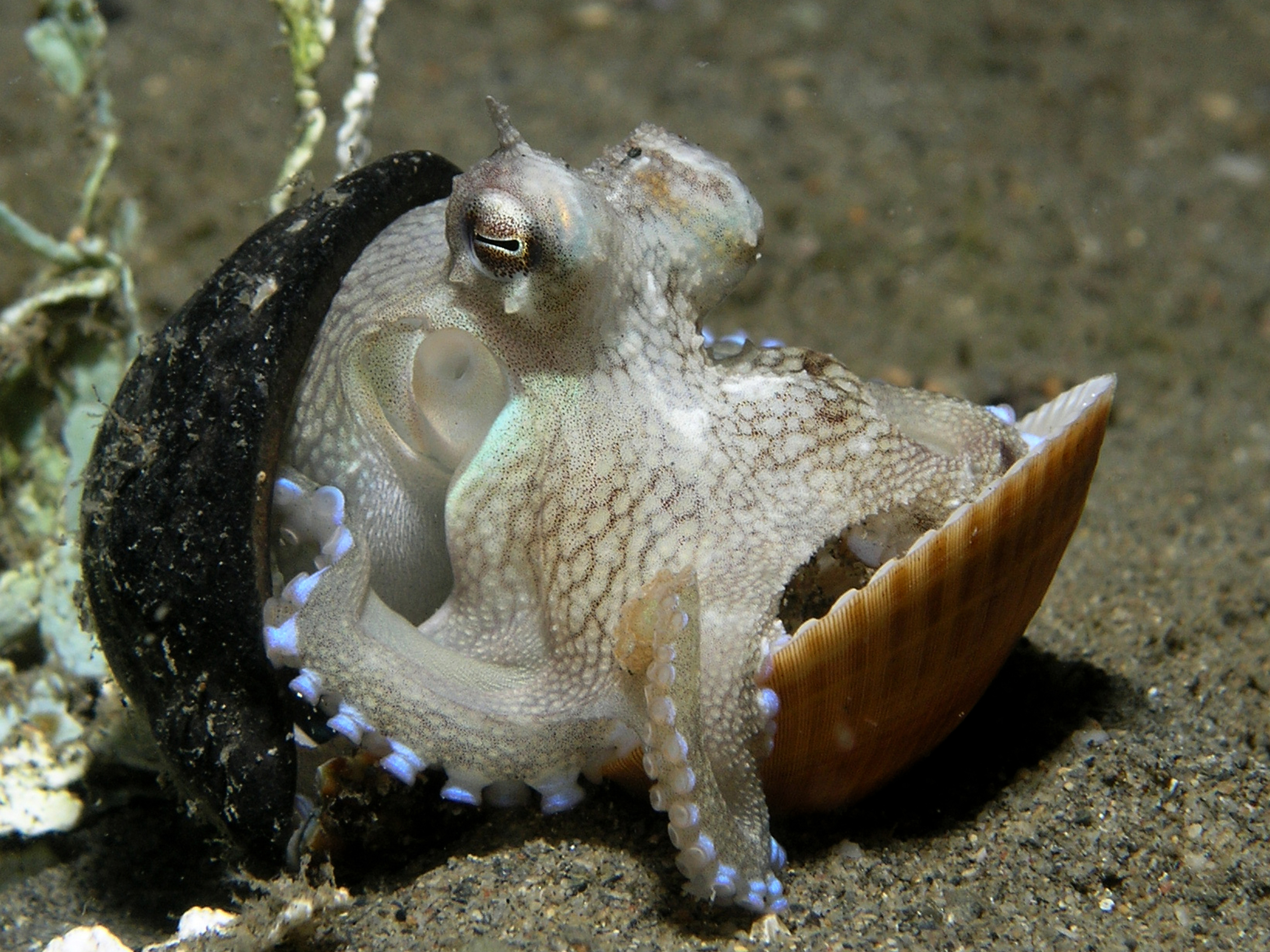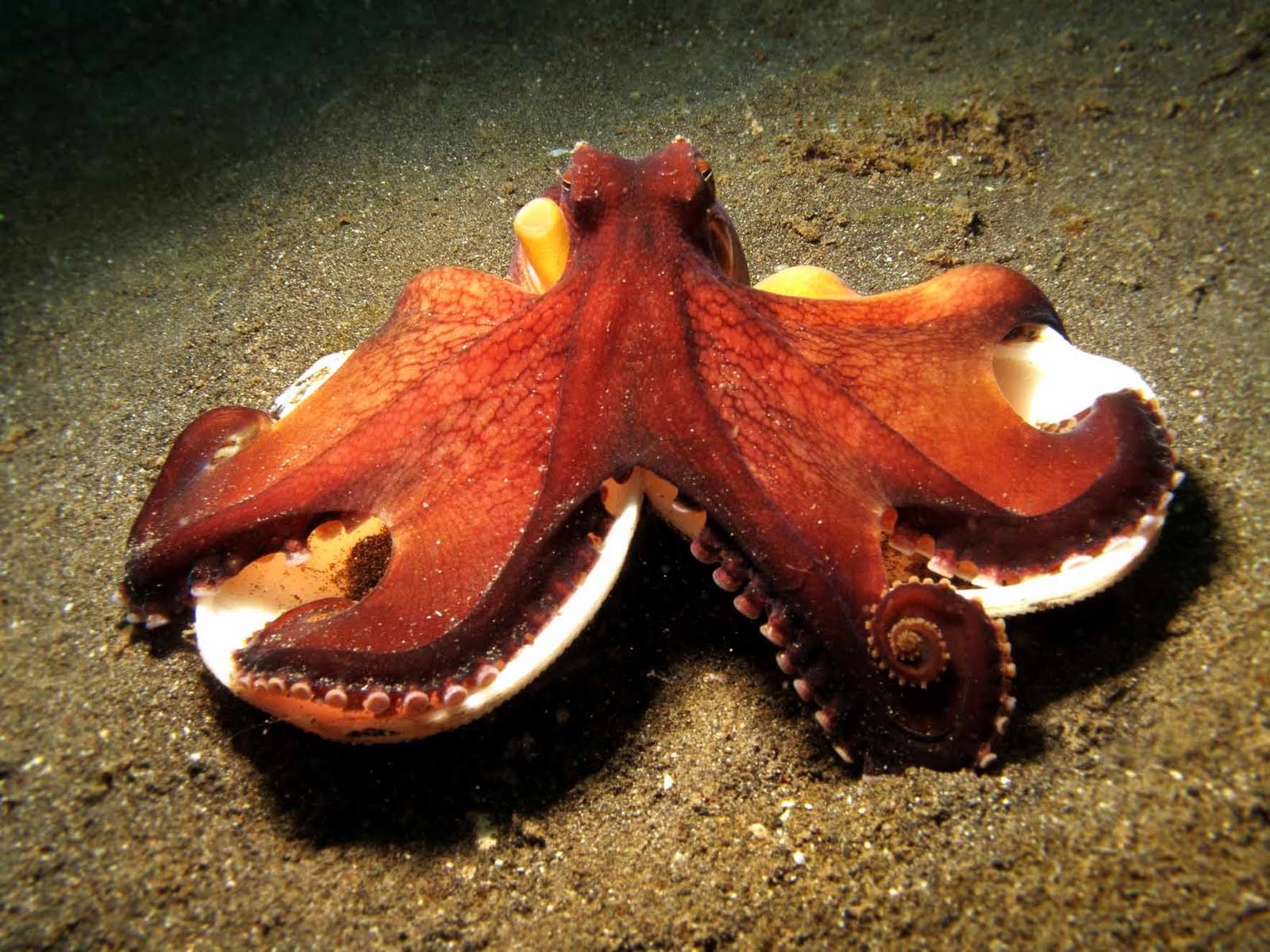
Introduction
Octopuses are fascinating marine creatures that belong to the cephalopod family. With their eight tentacles, intelligence, and ability to change color, they have captivated the attention of scientists and nature enthusiasts alike.

Physical Characteristics
Octopuses have a unique appearance that sets them apart from other sea creatures. Their soft bodies are usually bulbous in shape, with a large head and prominent eyes. The most distinctive feature of an octopus is its eight long arms, covered in suckers, which they use for various purposes such as catching prey and exploring their surroundings.

Habitat
Octopuses can be found in oceans all around the world, with some species preferring warmer waters while others thrive in colder regions. They tend to inhabit rocky crevices, coral reefs, and even sandy seabeds. Some octopuses are known to dwell at great depths, where the pressure is incredibly high.

Behavior and Intelligence
Octopuses are known for their exceptional intelligence. They have the ability to solve puzzles, use tools, and even mimic other creatures. Their problem-solving skills and learning capabilities make them one of the most intelligent invertebrates on Earth. They are also known for their great curiosity and can be observed exploring their surroundings with their flexible tentacles.

Feeding Habits
Octopuses are carnivorous creatures, and their diet mainly consists of crabs, shrimps, small fish, and even other octopuses. They are skilled hunters and use their agility to catch prey. Some octopus species have specialized techniques, such as camouflaging themselves as rocks or plants to ambush their unsuspecting victims.

Reproduction
The reproductive process of octopuses is quite fascinating. Males have a specialized arm called a hectocotylus, which they use to transfer sperm into the female's mantle cavity. After mating, the female will lay thousands of eggs, which she guards and cares for diligently. Once the eggs hatch, the female octopus dies, as this process consumes all her energy.

Defense Mechanisms
Octopuses have various defense mechanisms to protect themselves from predators. When threatened, they can release a cloud of ink, which acts as a smokescreen, allowing them to escape. They can also change the color and texture of their skin to blend seamlessly with their surroundings, making them nearly invisible to predators.

Octopuses and Humans
Octopuses have intrigued humans for centuries. They have been a source of inspiration in literature, art, and even culinary delights. In some cultures, they are considered a delicacy and are prepared in various ways. However, due to their incredible intelligence and complex behaviors, there is a growing concern for their well-being and protection.

Conservation Status
As with many marine creatures, octopuses face numerous threats due to pollution, habitat destruction, and overfishing. Several organizations and researchers are dedicated to studying and protecting these fascinating creatures. It is crucial to raise awareness about their conservation to ensure their survival for future generations.
